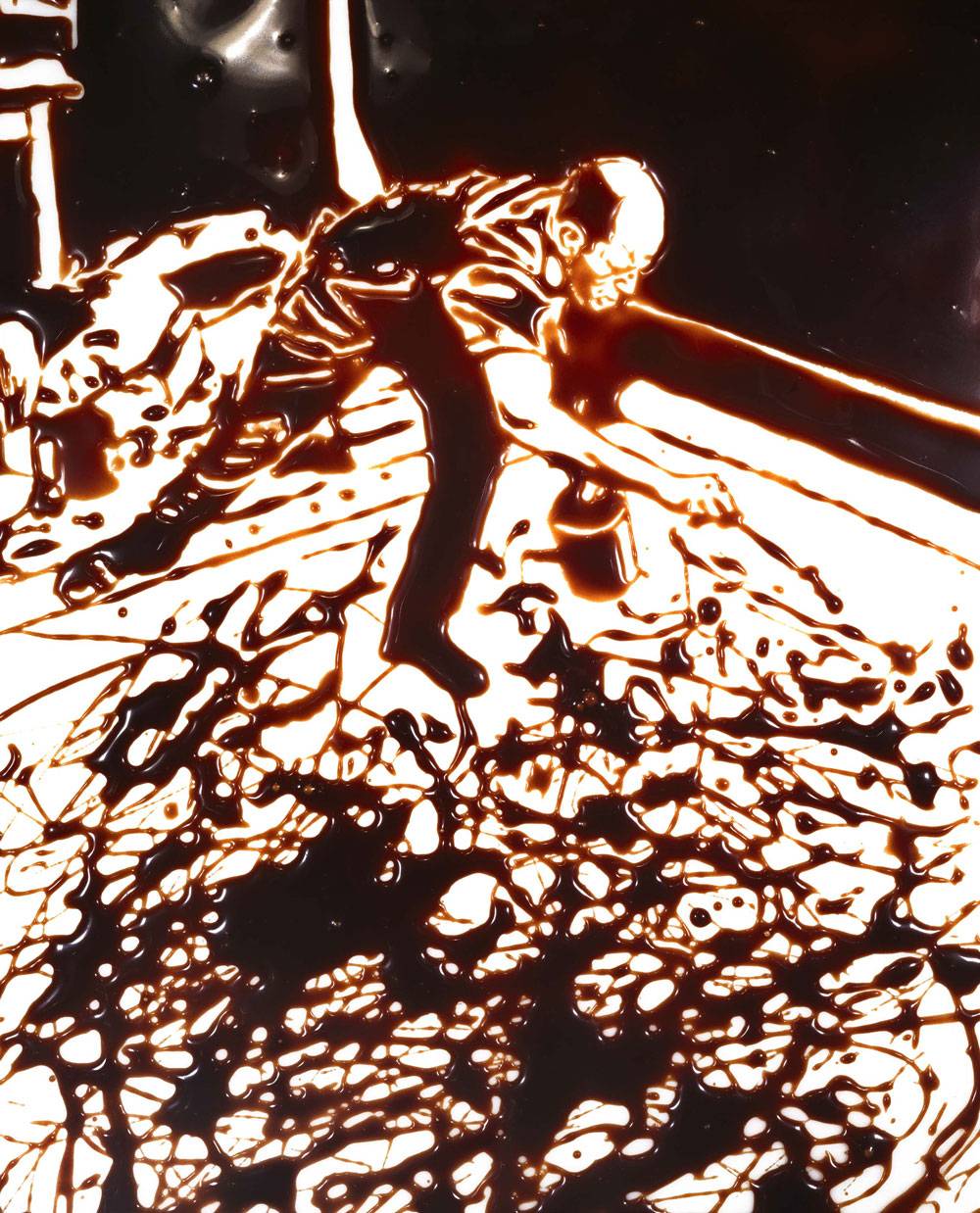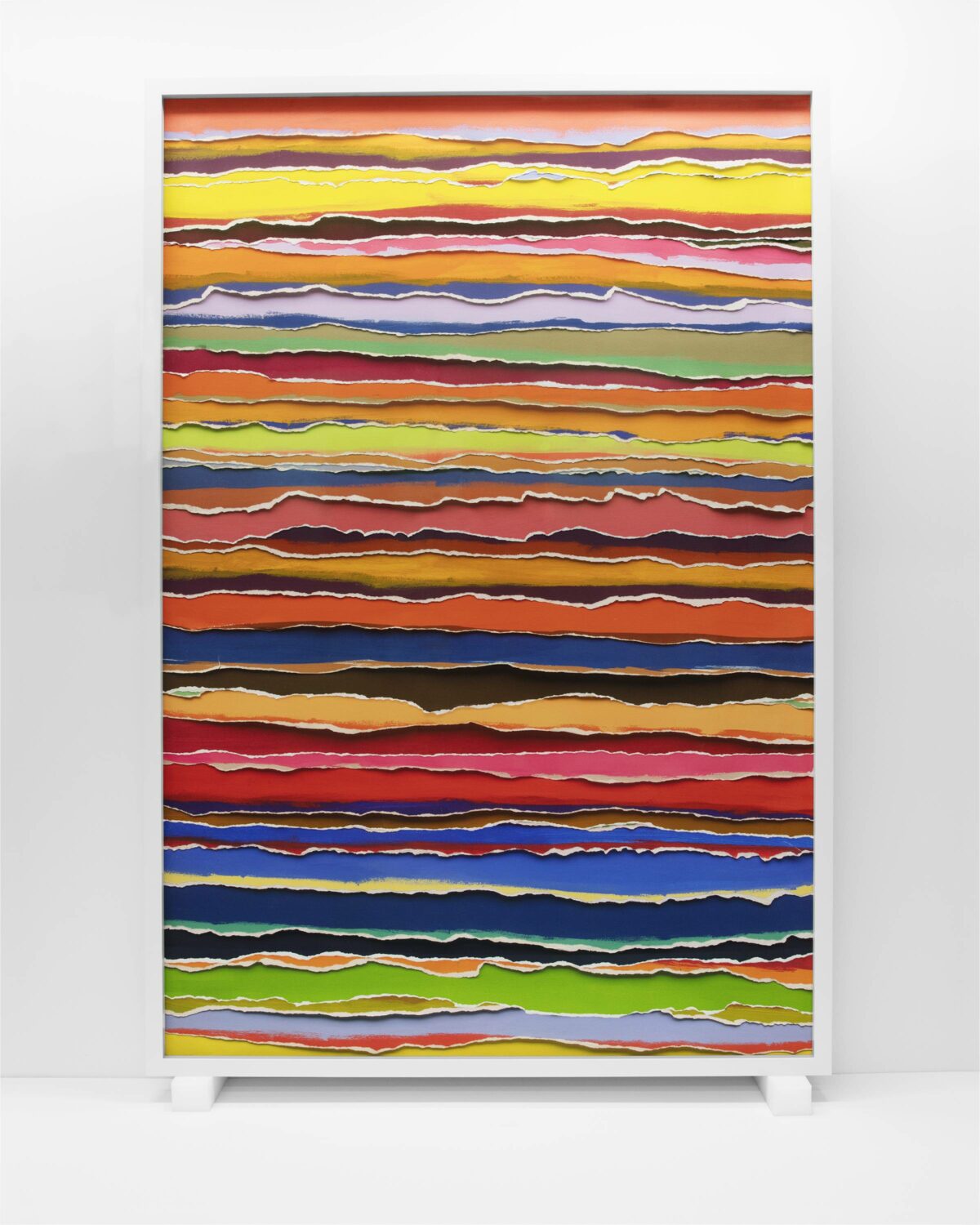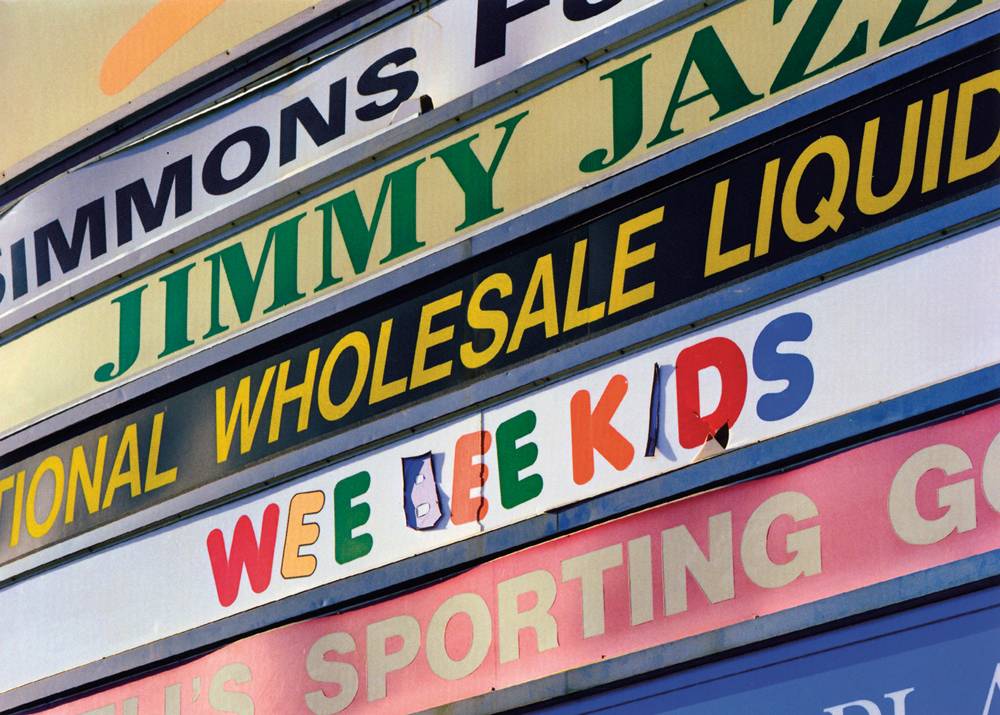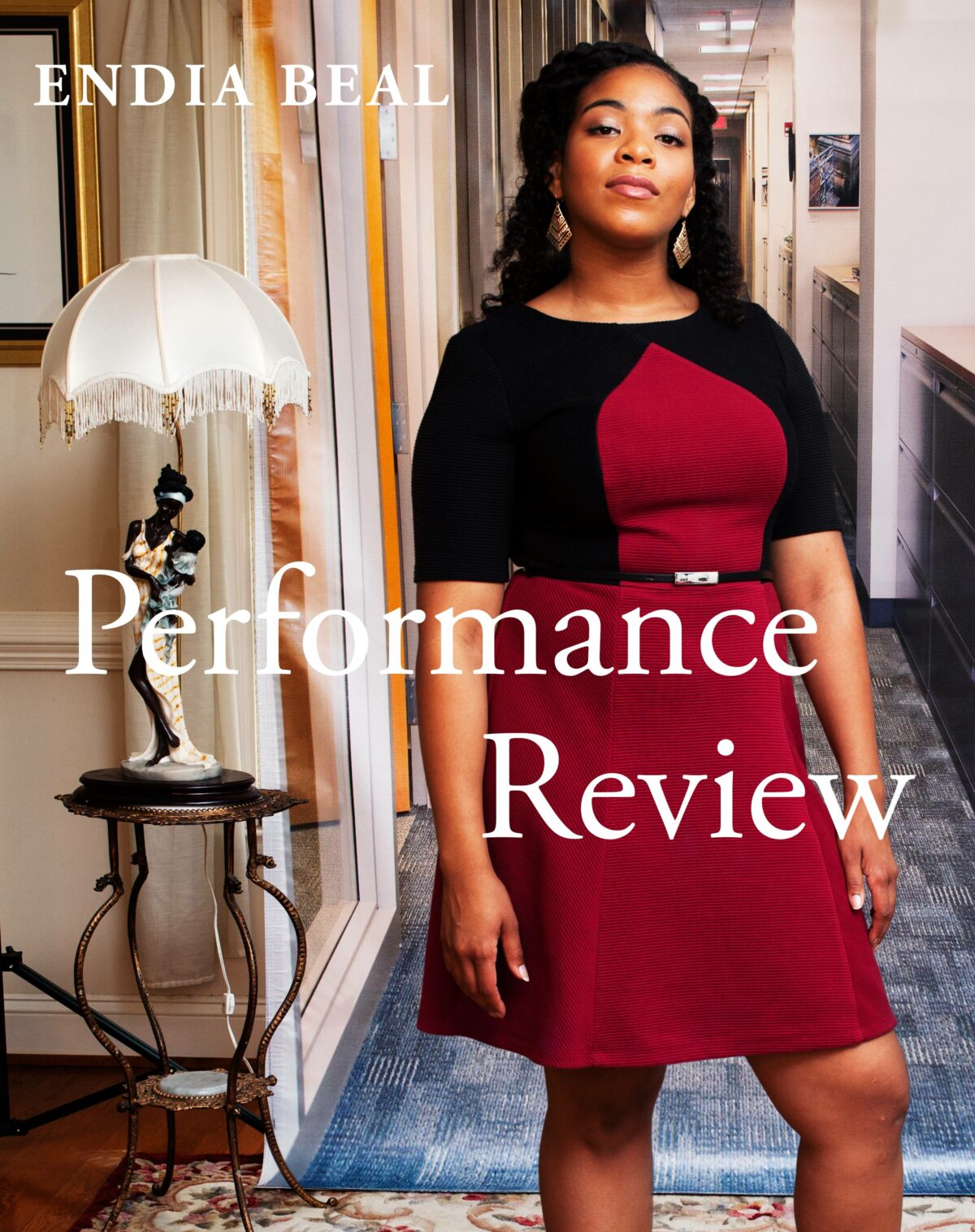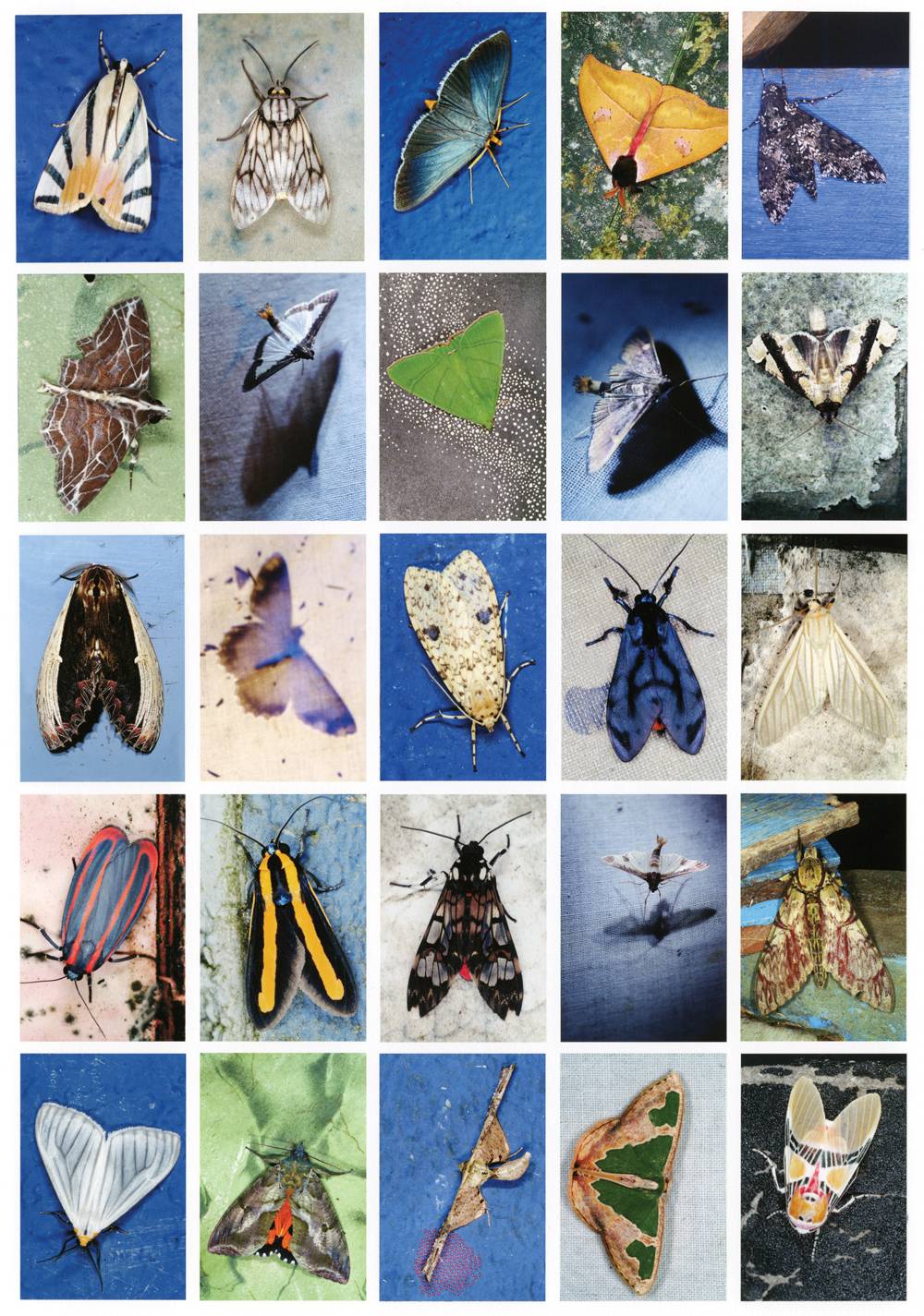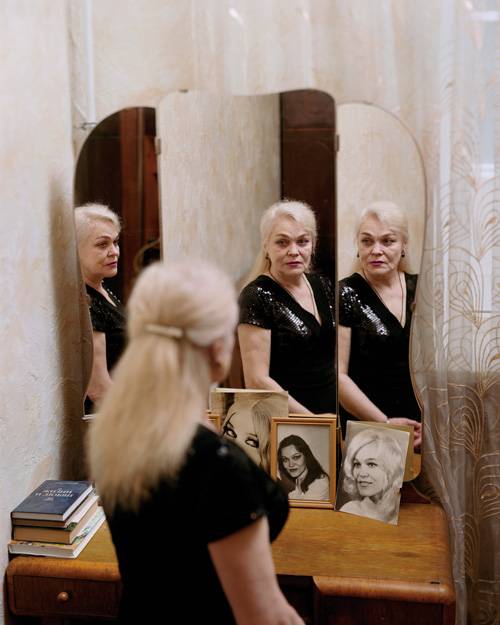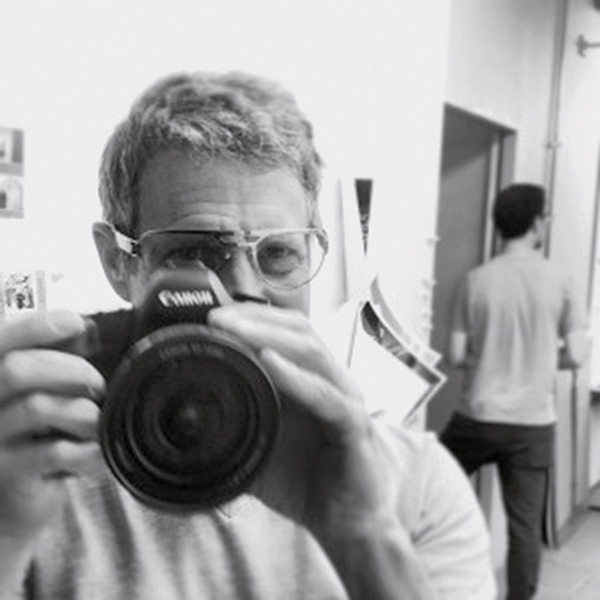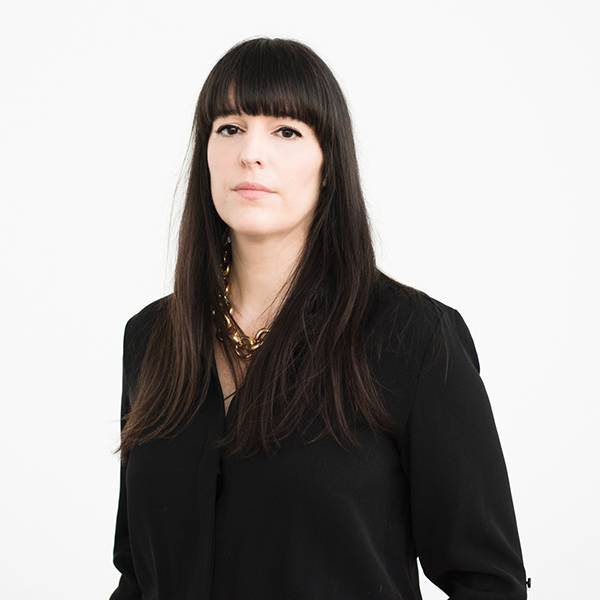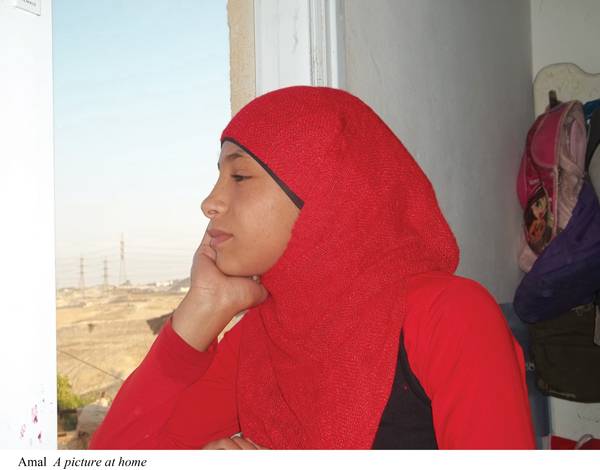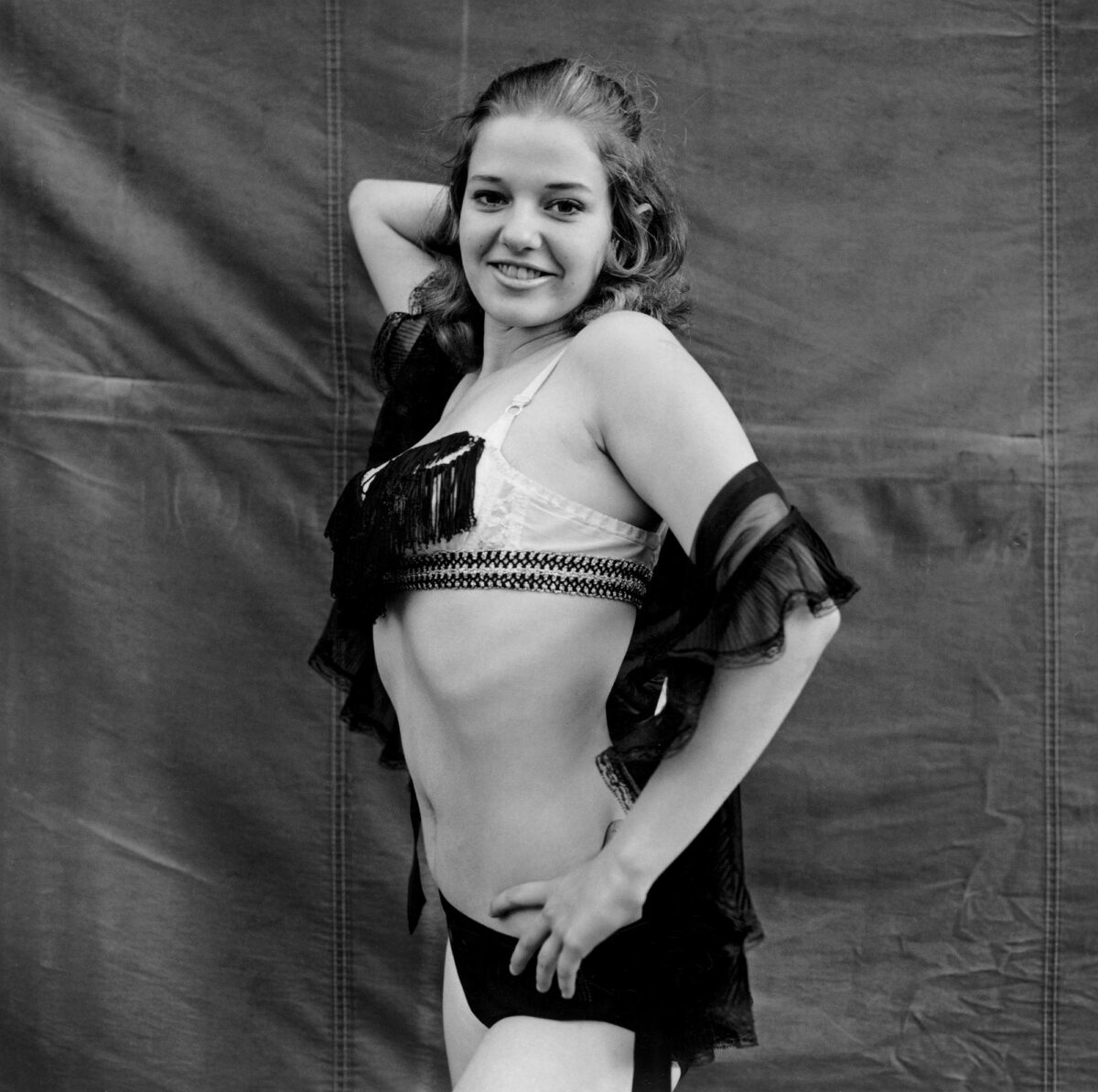Think of Vik Muniz as the Jorge Luis Borges of photography, an artist who makes pictures that question the most basic assumptions about making – and looking at – pictures. For Muniz, photography is a game of appearances, and what you think you see is not necessarily what you get. Audiences in Atlanta have an opportunity to enter the photographic fun house during the Muniz retrospective at the High Museum of Art, on view through August 21.
Lyle Rexer: The exhibition is announced as a retrospective, but didn’t I see your “retrospective”
a dozen years ago in Miami? It can’t be the same, can it?
Vik Muniz: I have this idea of a retrospective as a traveling show of a whole lot of pictures. Mine has been traveling for like 20 years. It keeps moving, so I keep adding new things and changing things. I also like the idea that each show responds to the space, so it has to be different. It also can show how an idea develops from one thing to the next. I’m not interested so much in making and showing individual objects. The series becomes the artwork. It tells a story. People can see a vocabulary of attitudes developing, the artist figuring out how to do things. The more you do something the better you get, so this is the new, improved Muniz.
LR: Can you tell us a bit about the new work in the show?
VM: There are three or four new series and – having said I’m not interested in objects – some objects. One series of paper collages is based on Monet’s paintings of the Rouen cathedral. The reproductions are taken from different art books. The new series are about rituals of reproduction.
LR: I love that: there is even more variation in the printed pictures of Rouen than there are in the paintings themselves. Photography has given us a second Monet, a mechanical Monet. This seems to me one more lesson (of the many you have given) in the non-transparency of photography. We take so much for granted about what we see.
VM: I really like all that German objectivity, but I just don’t believe in it. I want to leave the process open, to leave the seams showing, so we can see how photography is an interface between ideas and viewers. You know, it’s like those really trendy watches with a clear back so you can see the mechanism. A retrospective exposes the mechanism.
LR: That’s especially relevant today, when so many artists are exploring the mechanisms of digital photographic technology and trying to demonstrate their non-transparency.
VM: The radical technological change has reopened the discussion of process. I’m a hybrid because I have lived through that period when people were going bonkers because Polaroid went out of business. I stocked up on Polaroid film. But now I am looking at photography again with real excitement. Lucas Blalock and Daniel Gordon were both students of mine, and I am watching them explore the new dynamics of photography. Nobody knows yet what these new techniques are good for and what they can do. I feel I am reaping the rewards of another generation.They are bringing ambiguity.
LR: Perhaps the point is the obvious one you just made, that photographs are not windows or views on anything but are interfaces between ideas, those that a photographer might have and those that people carry with them. They meet in the photo.
VM: It’s why I am interested in scientific thinking, which is much like artistic thinking, and in the Theosophists, who were trying to justify various ambiguities scientifically. Their goal was to connect mind and phenomena, through a fourth dimension, a psychic dimension. In art and in science we are trying to do that again. It seems to me we are dealing with faith and beliefs, testing them, tearing them down, and at the same time believing. It is that fourth dimension I am trying to work in.

